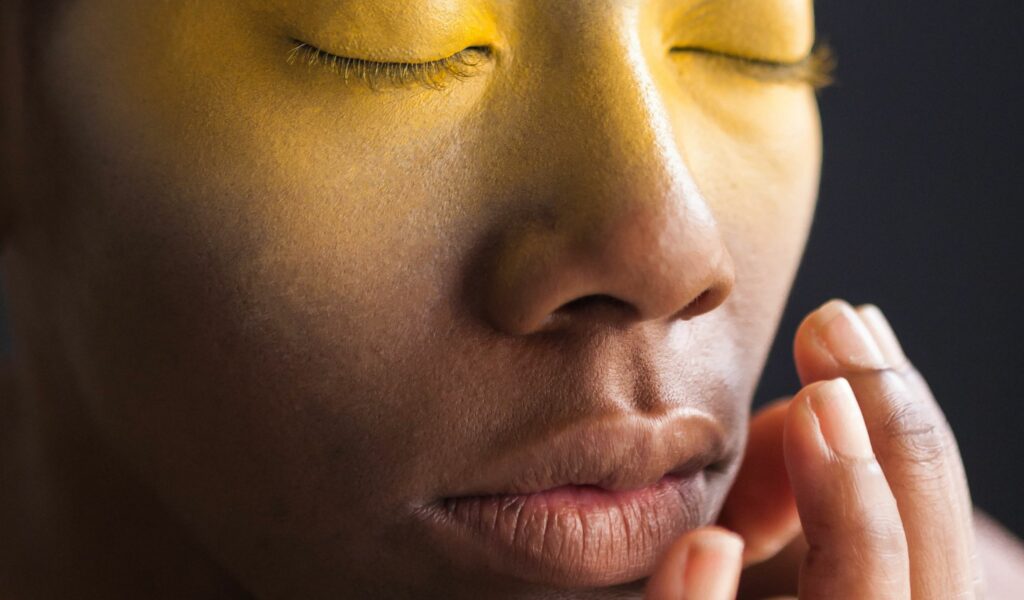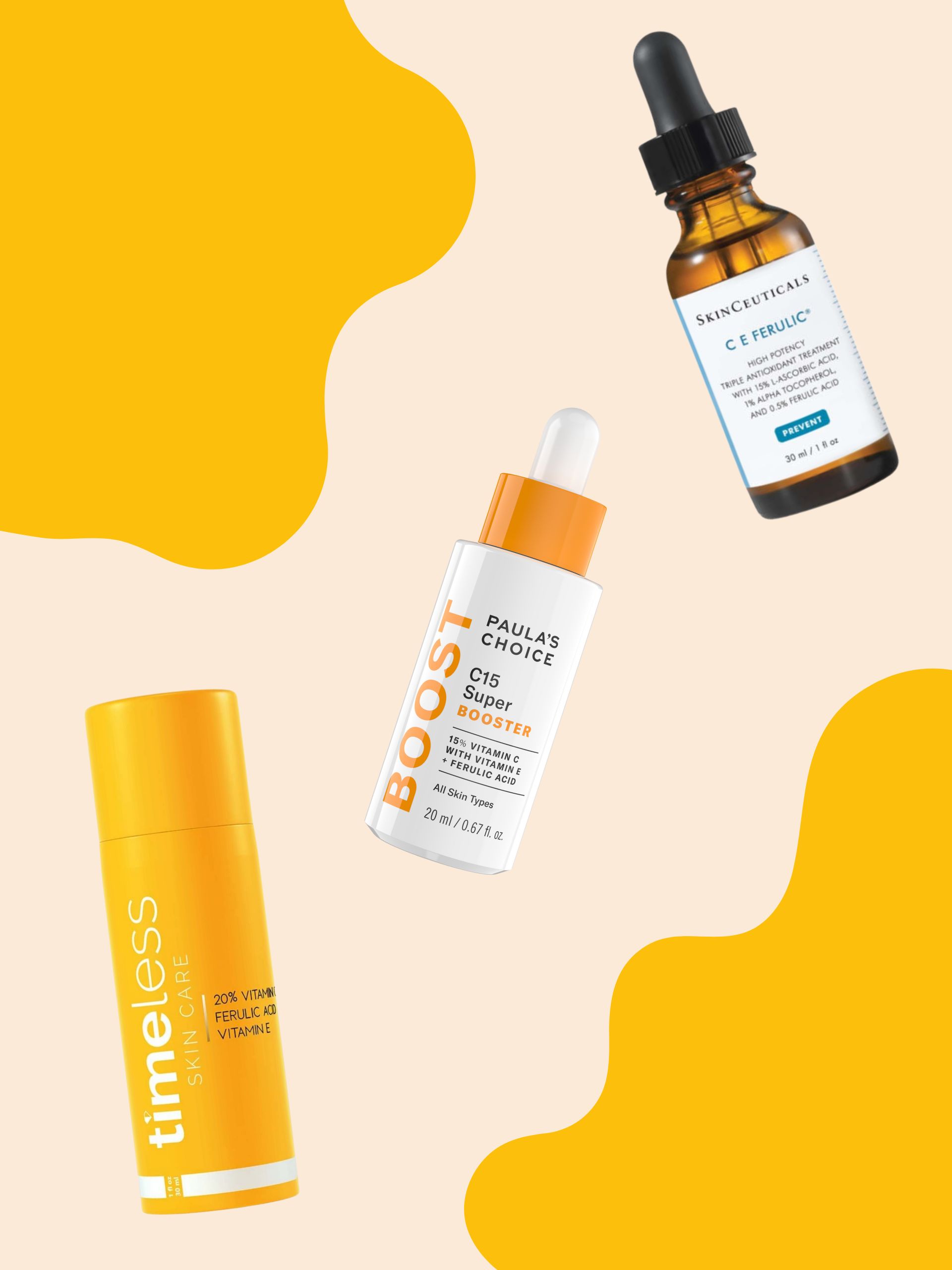
Cue in face mapping, a technique that claims to connect your breakouts to underlying issues—both internal and external. But before you ditch your cleanser and stock up on herbal remedies, let’s dive deeper and see if face mapping is genuinely worth the hype.
What is Face Mapping?
Face mapping is a technique that can potentially improve overall skin health by identifying and addressing the root causes of various skin concerns. It involves analysing the face to map out specific areas and linking them to different organs or systems in the body.
By doing so, face mapping aims to provide more practical guidance and treatment for skin issues such as breakouts, acne, oiliness and complexion concerns.
Face mapping has two main types: traditional Chinese face mapping and Dermalogica face mapping (a term coined by the skincare brand of the same name).
Traditional Chinese Face Mapping
This ancient practice, also known as mien shiang, which means ‘face reading’, views the face as a map linked to different organs.
The theory goes that imbalances within these organs manifest as blemishes on specific zones. For example, a breakout on your forehead might indicate digestive issues, while chin acne could be linked to hormonal fluctuations. While fascinating, it’s important to remember that this method lacks scientific backing.
Dermalogica Face Mapping
This more scientific approach relies on trained professionals, like skin estheticians and beauty consultants, who assess your skin type, concerns (like dryness or oiliness), and lifestyle factors.
Based on this analysis, they recommend a targeted skincare routine to address your specific needs.
Benefits of Face Mapping
Whether you’re diving into traditional practices or the Dermalogica method, face mapping offers some potential benefits:
Personalised Skincare
Face mapping can help you tailor your skincare routine to target specific issues by pinpointing areas of concern. This can be a game-changer for those struggling to find a one-size-fits-all approach.
Understanding Your Skin
Face mapping encourages you to pay closer attention to your skin and how it reacts to different factors. This newfound awareness can empower you to make informed choices about your lifestyle and skincare habits.
Holistic Approach
While not scientifically proven, traditional face mapping emphasises the connection between skin and overall wellbeing. This can be a helpful reminder to prioritise stress management, healthy eating and getting enough sleep – all of which play crucial roles in skin health.
How to Do Face Mapping: Decoding Your Skin’s Zones
Now, let’s get down to the practical nitty gritty. Here’s a breakdown of the different zones in both traditional and Dermalogica face mapping, along with some solutions to support each area:
Traditional Chinese Face Mapping Zones
- Forehead: Corresponds to the digestive system.
Solutions: Focus on gut health with probiotics and a balanced diet. Avoid processed foods and excessive sugar.
- Temples: Linked to the kidneys and bladder.
Solutions: Stay hydrated, manage stress levels, and limit caffeine intake.
- Cheeks: Can represent respiratory issues or allergies.
Solutions: Identify and avoid potential allergens in food and skincare products. Maintain a clean and dust-free environment.
- Jawline and Chin: Often associated with hormones.
Solutions: For hormonal acne, consider consulting a dermatologist to explore treatment options. Maintain a healthy sleep schedule and manage stress.
- Nose and Mouth Area: May reflect digestive issues or stomach problems.
Solutions: Similar to forehead concerns, focus on gut health and a balanced diet. Manage stress levels.
Dermalogica Face Mapping Zones
Dermalogica doesn’t assign specific organs to zones but focuses on analysing skin conditions in different areas. Here are some common concerns and solutions for each zone:
- T-Zone (forehead, nose, and chin): Prone to oiliness and breakouts.
Solutions: Use oil-free, non-comedogenic cleansers and moisturisers. Exfoliate regularly with a gentle product.
- Cheeks: Can be dry, dehydrated, or sensitive.
Solutions: Use hydrating products with hyaluronic acid or ceramides. Avoid harsh scrubs and alcohol-based products.
- Eye Area: Delicate and prone to dryness and puffiness.
Solutions: Use a gentle eye cream specifically formulated for this area. Look for ingredients like caffeine or peptides to address puffiness.
- Jawline: Can experience breakouts or signs of aging.
Solutions: Use targeted treatments for acne-prone skin or anti-aging products for fine lines and wrinkles.
What Does Science Say About Face Mapping?
While the traditional Chinese method lacks scientific evidence, there’s some merit to the underlying concept.
According to research in Meridian Studies and the Journal of Acupuncture, this hidden system has some control over the neurological and cardiovascular systems.
Nevertheless, most research indicates that the meridian system “lacks a physical anatomical basis.”
Dermalogica’s approach is based on a trained professional’s expertise in identifying skin conditions and recommending appropriate products. This can be a valuable tool for creating a personalised skincare routine.
Can Face Mapping Clear Your Skin?
So this begs the million-dollar question: can face mapping be your holy grail to clear skin?
The honest truth – it’s not a magic bullet.
There are limitations to face mapping, namely:
Lack of scientific evidence, especially with the traditional method
The lack of scientific evidence makes relying solely on traditional face mapping for treatment difficult. While it might offer some insights, it shouldn’t replace consulting a dermatologist for persistent skin concerns.
Lack of overall accuracy
Everyone’s skin is different. Even with Dermalogica’s method, pinpointing the exact cause of a breakout can be tricky. Several factors can contribute to acne, and a trained professional might need to consider your medical history and perform additional tests for a definitive diagnosis.
The Verdict: Face Mapping is a Stepping Stone, Not a Destination
Think of face mapping as a conversation starter with your skin. It can help you become more mindful of your skin’s needs and potential triggers. Here’s how to get the most out of it:
- Combine with a Professional Consultation: Whether you explore the traditional method or seek guidance from a dermatologist, face mapping can be a valuable tool to discuss your concerns and tailor a personalised approach.
- Focus on Healthy Habits: Regardless of the specific zone causing issues, prioritising good sleep, managing stress, and maintaining a balanced diet are crucial for overall skin health.
- Listen to Your Skin: Pay attention to how your skin reacts to different products and lifestyle changes. This ongoing dialogue will help you refine your skincare routine and make informed choices.
The Bottom Line
Face mapping offers a unique perspective on skincare by linking facial zones to various internal organs and systems. This holistic approach can help you gain insights into potential underlying health issues and tailor your skincare routine accordingly.
However, while face mapping can guide you toward better skin health, it’s essential to complement it with scientifically backed skincare practices and professional advice.
Here’s the TL;DR version though…
Clear skin is a journey, not a destination. Face mapping can be a helpful tool on this path, but it’s just one piece of the puzzle. Healthy, radiant skin is often a result of a balanced lifestyle, a targeted skincare routine, and of course, professional guidance from your dermatologist or health professional. You can’t argue with science!
And if you want to know more about acne, breakouts and what can cause them, we have an entire cheat sheet on that.



